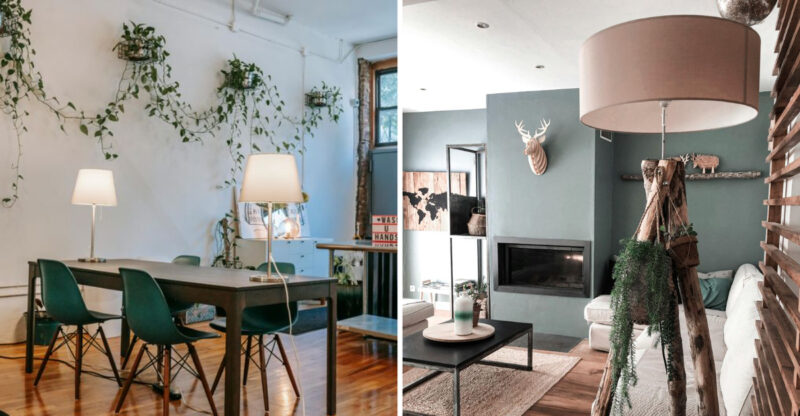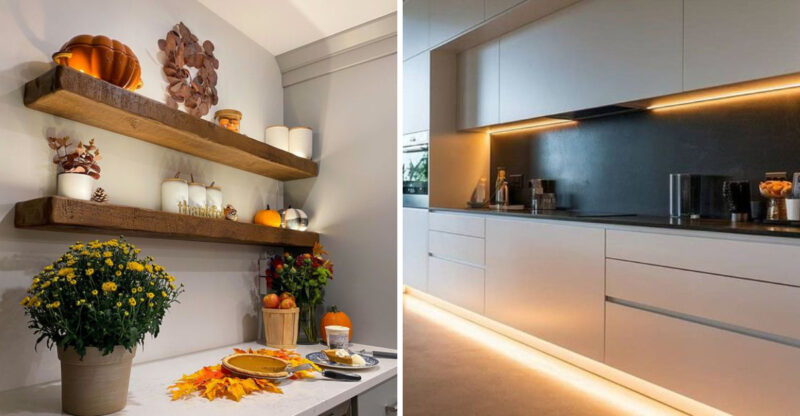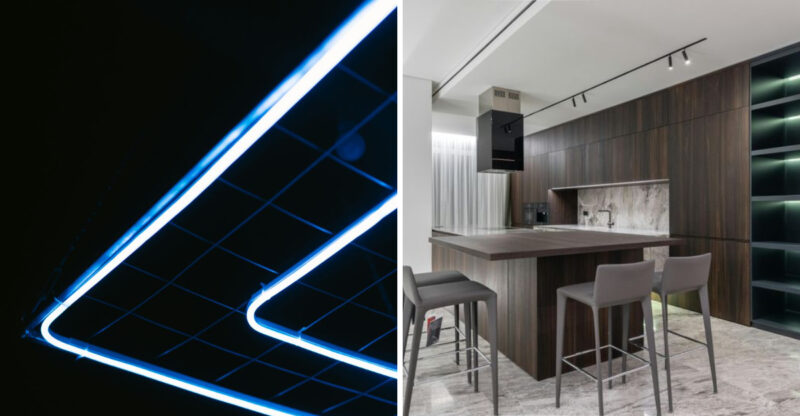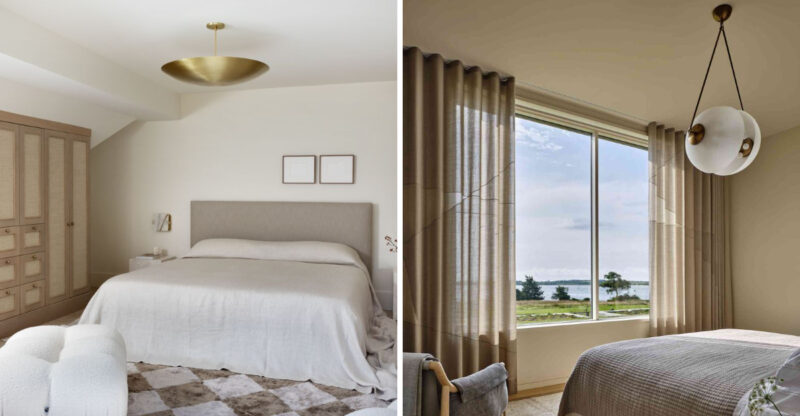6 Essential Lighting Tips Before You Change Fixtures In Your Home
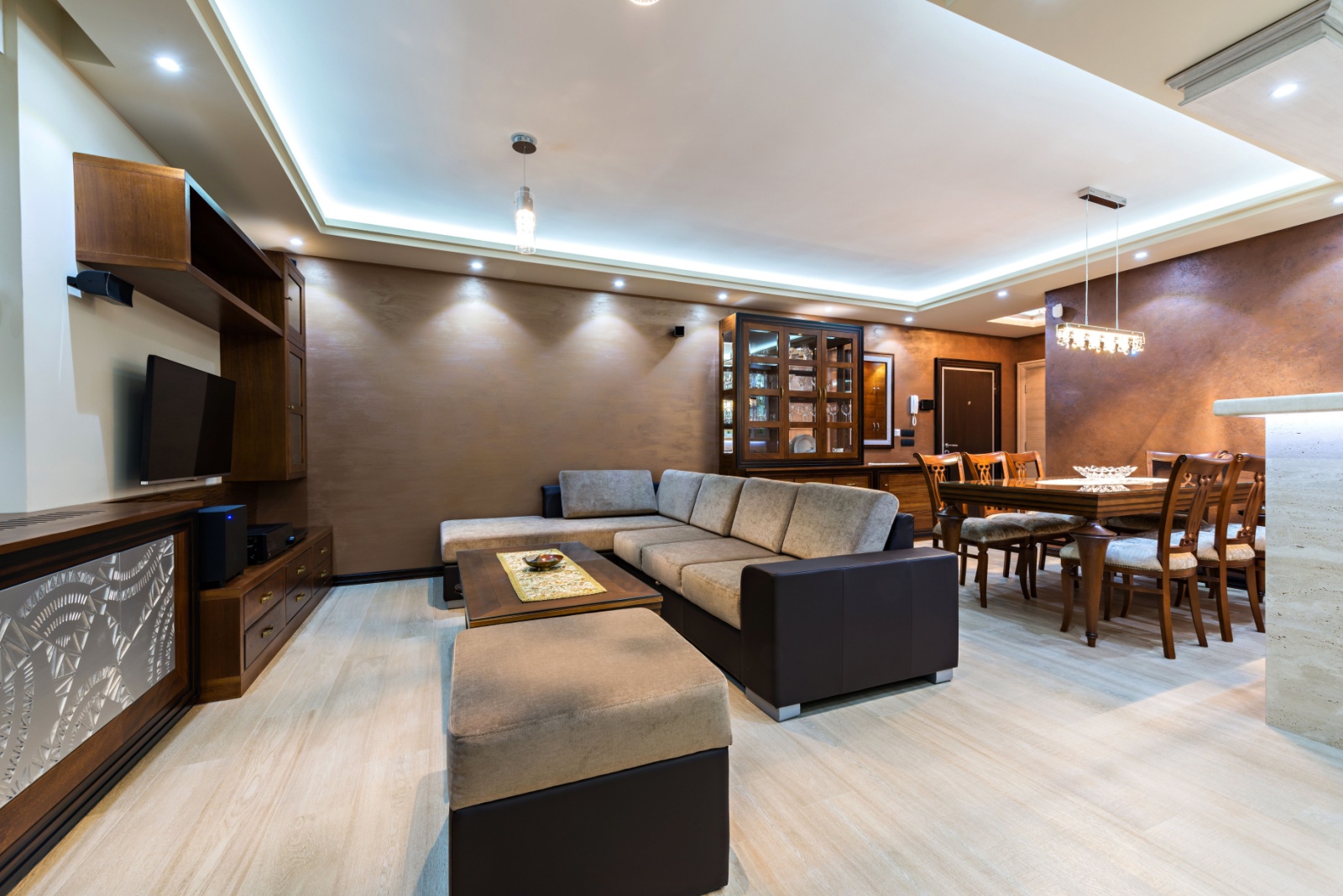
Ever switched out a light fixture only to realize the room feels completely off? Choosing the right lighting isn’t just about style, it affects mood, functionality, and how your space is perceived.
Knowing a few essential tips before making changes can save time, money, and frustration while enhancing every room in your home. From selecting the right brightness to layering your light sources effectively, these guidelines will help you make informed decisions.
This article provides general advice on residential lighting; results may vary based on room size, fixture type, and personal preferences.
1. Match Room Purpose With Light Intensity

Ever walked into a kitchen with mood lighting so dim you could barely see your knife? Yikes! Consider what activities happen in each room before deciding on brightness levels.
Kitchens and workspaces need bright, task-oriented lighting (at least 75-100 watts equivalent), while living rooms benefit from adjustable options. Bedrooms typically require gentler illumination that can transition from reading light to relaxing glow.
2. Coordinate Style With Your Home’s Character
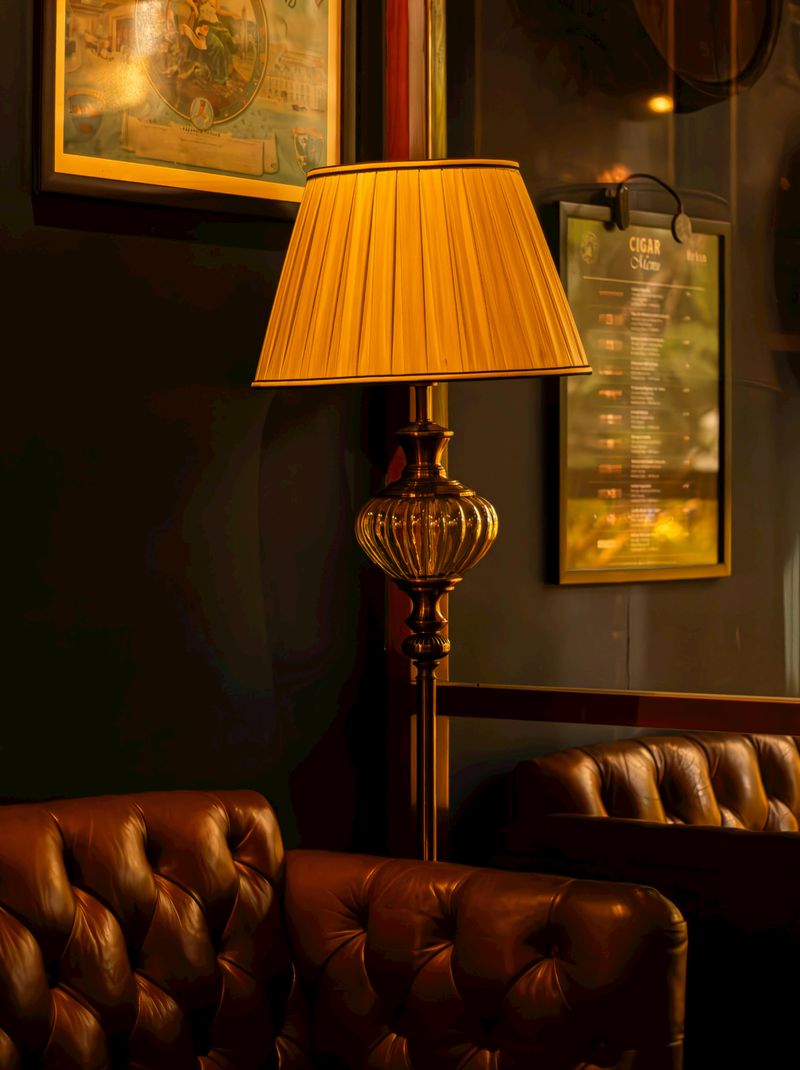
How embarrassing would it be to install ultra-modern pendant lights in your charming Victorian-era dining room? The mismatch would scream “design emergency!”
Fixture styles should complement your existing architecture and decor. Victorian or craftsman homes shine with vintage-inspired fixtures.
Contemporary spaces call for clean lines and minimal designs. Mid-century modern homes? Go for fixtures with organic shapes and mixed materials that honor that funky retro vibe.
3. Work With Your Natural Light Sources
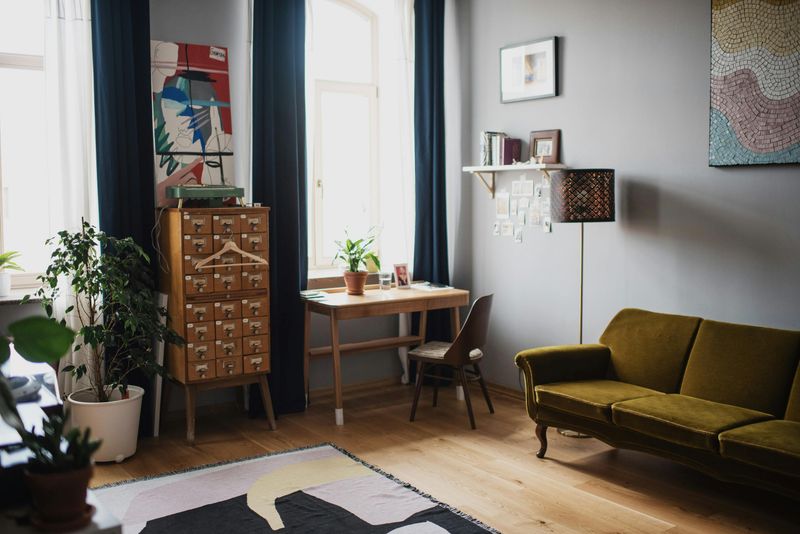
Where your windows sit matters more than most homeowners realize! Map the natural light patterns throughout the day before finalizing fixture placement.
South-facing rooms already bathe in warm light, so they need less artificial illumination during daytime. North-facing spaces benefit from brighter, warmer fixtures to compensate for cooler natural light.
East and west exposures change dramatically throughout the day, making dimmable options particularly valuable there.
4. Select The Perfect Color Temperature
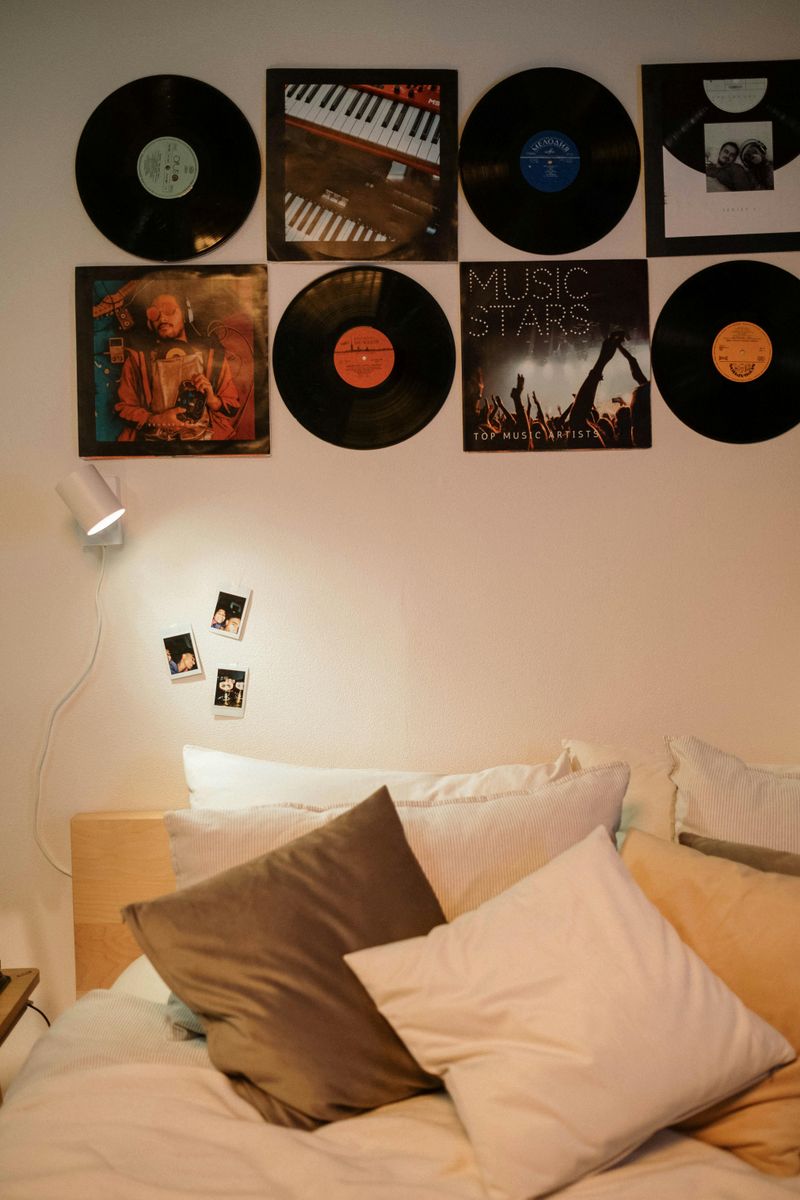
Did you know light color affects everything from your mood to how wall paint appears? Kelvin ratings might sound technical, but they’re actually super simple to understand.
Warm lights (2700-3000K) create cozy, relaxing atmospheres perfect for bedrooms and living areas. Neutral whites (3500-4100K) work wonderfully in kitchens and bathrooms. Cool whites (5000K+) mimic daylight and help you focus, making them ideal for home offices or craft rooms.
5. Get The Size And Scale Right
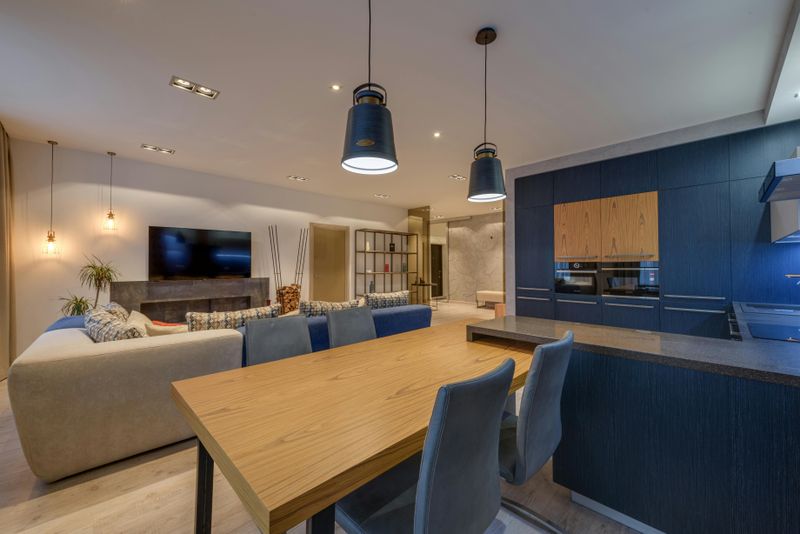
Though it’s tempting to buy that massive statement chandelier you spotted online, size matters tremendously in lighting! An oversized fixture can overwhelm a room, while something too tiny disappears.
For dining areas, choose fixtures with diameters roughly 1/2 to 2/3 the width of your table. Ceiling lights in other rooms should generally follow this formula, add the room dimensions together (in feet), then convert to inches for your fixture’s diameter. Hanging heights matter too, keep pendants 30-36 inches above tables.
6. Create Depth With Layered Lighting

If you’re relying on just one ceiling light to do everything, you’re missing out on the magic of layered lighting! Professional designers always incorporate multiple light sources at different heights.
Start with ambient lighting (overhead fixtures) for general illumination. Add task lighting (desk lamps, under-cabinet lights) where you need focused brightness.
Finish with accent lighting (wall sconces, picture lights) to highlight architectural features or artwork. This three-tier approach creates dimension and allows customizable moods for any occasion.

